[Note: Put cursor over footnote for pop-up.]
Well-Known Books:
The Edge of Sadness, Edwin O'Connor 1
Franny and Zooey, J. D. Salinger 2
The Winter of Our Discontent, John Steinbeck 3
The Agony and the Ecstasy, Irving Stone 4
Mila 18, Leon Uris 5
Two Not-Well-Enough Remembered Novels by Women in Acknowledgment of the Male-Centric Publishing World of the Mid-1900s:
Two Enduring Works of Sci-Fi:
Stranger in a Strange Land, Robert A. Heinlein
Solaris, Stanisław Lem
Five Important Works of Nonfiction:
Nobody Knows My Name [essays], James Baldwin
The Wretched of the Earth, Frantz Fanon 8
The Death and Life of Great American Cities, Jane Jacobs 9
Man and Dolphin, John C. Lilly 10
The Making of the President 1960, Theodore H. White
Small Sample of World Fiction:
No One Writes to the Colonel [short stories], Gabriel García Márquez
A House for Mr. Biswas, V. S. Naipaul 11
The Shipyard, Juan Carlos Onetti
Diary of a Mad Old Man, Jun'ichirō Tanizaki 12
Special Mention:
The Pawnbroker, Edward Lewis Wallant 13
My List:
Catch-22, Joseph Heller 14
The Prime of Miss Jean Brodie, Muriel Spark 15
Tell Me a Riddle [stories], Tillie Olson 16
The Moviegoer, Walker Percy 17
Revolutionary Road, Richard Yates 18
The story of a Father Hugh Kennedy, New England priest and recovering alcoholic. Won the 1962 Pulitzer Prize for Fiction. I haven't read this, but read his 1956 novel, The Last Hurrah—the last act of an old-school politician's power (inspired by Boston mayor, James M. Curley). A classic, mid-century read.
This was on my list, then I discovered it spent many weeks on the Bestseller Lists. Two pieces, previously published separately in the New Yorker. The Glass family appear throughout Salinger's short fiction—Nine Stories (1953) and Raise High the Roof Beam, Carpenters (1955). I have no idea what today's readers would make of Salinger's neurotic brainiacs.
One of Steinbeck major works—along with East of Eden (1952) and Grapes of Wrath (1939), but many of his shorter works—Tortilla Flat (1935), Of Mice and Men (1937), Cannery Row (1945), The Pearl (1947) were widely read (and still are). Steinbeck said that The Winter of Our Discontent was written in response to "the moral degeneration of American culture during the 1950s and 1960s."
He was awarded the Nobel Prize in Literature the following year, 1962.
The life of Michelangelo, based on some 500 of his letters. Stone spent years in Italy researching this work (even apprenticed with a marble sculptor). He made a career of writing historical novels about the lives of political figures and artists. His other best-known work is Lust for Life (1934), about Vincent Van Gogh.
The story of Jewish resistance fighters in the Warsaw Ghetto during WWII. Uris is also known for Exodus (1958), and many others.
Williams was raised in Memphis, went north to Bard where she began working on the stories that would coalesce into this novel—and where she began a professional and personal relationship with William Faulkner, which may have (as Wiki puts it) "overshadowed her own successful career as a novelist."
Grau is remembered mainly for Keepers of the House (1964), which won the Pulitzer—a keenly anti-racist book widely attacked by the right wing. Grau published a number of short story collections and five other novels, including this one, the story of college woman in 1950s New Orleans, who gets pregnant by someone other than her steady, boring boyfriend. Her mother arranges a safe abortion, but this is never talked about. A reader posts: “The story focuses on [Joan's] fragile psyche and the shocking thing she finally does to deal with it all, heal in body and mind and move on with her life. Heartbreaking, magnificent and inspired . . . [it] will haunt your thoughts long after you have finished."
A landmark text on the dehumanizing effects of colonization. Recently re-issued in a sixtieth-anniversary edition, introduced by Cornel West. "A touchstone for civil rights, anti-colonialism, psychiatric studies, and Black consciousness movements around the world . . . stands proudly alongside such pillars of anti-colonialism and anti-racism as Edward Said’s Orientalism and The Autobiography of Malcolm X."
from Wiki:
Jane Jacobs was an American-Canadian journalist, author, theorist, and activist who influenced urban studies, sociology, and economics. Her book The Death and Life of Great American Cities (1961) argued that "urban renewal" and "slum clearance" did not respect the needs of city-dwellers.
I'm highlighting this book to introduce you to this remarkable man.
https://en.wikipedia.org/wiki/John_C._LillyAmerican physician, neuroscientist, psychoanalyst, psychonaut, philosopher, writer and inventor . . . member of a generation of counterculture scientists and thinkers that included Timothy Leary, Ram Dass [Be Here Now], and Werner Erhard. I encountered him first via The Center of the Cyclone: An Autobiography of Inner Space (1972), which details his experimentation with sensory deprivation tanks.
Naipaul was a complex man with a fierce intelligence. He straddled national identities, and his work often deals with culture clashes—especially The Enigma of Arrival (1987). A House for Mr. Biswas, his fourth novel, was his breakout book. My first Naipaul was A Bend in the River (1979), which I recommend. In a Free State won the Booker in 1971; Naipaul won the Nobel Prize for Literature in 2001.
[Footnote to footnote: Prolific travel writer and novelist, Paul Theroux, was an acolyte/friend of Naipaul for many years, but according to the account he gives in Sir Vidia's Shadow (2000), Naipaul abruptly turned on him in later life. This is a fascinating, troubling read.]
Among Tanizaki's other novels: Some Prefer Nettles (1929) and The Makioka Sisters (1943-1948). Along with Yusanari Kawabata [Snow Country, The Go Master, Beauty and Sadness] and Yukio Mishima [Confessions of a Mask), Tanizaki was one of the "Big Three" postwar Japanese novelists, until the emergence of Haruki Murakami.
Wallant wrote for an ad agency, producing his own work after hours. The Pawnbroker is the story of a concentration camp survivor trying to cope with running his pawn shop in East Harlem. It was little known until adapted for film. The Pawnbroker (1964) starred Rod Steiger, was directed by Sidney Lumet, with a score by Quincy Jones. Wallant died of an aneurysm at 36, in 1962. I first learned of him via NYRB, who republished his posthumous novel, The Tenants of Moonbloom (1963), which I heartily recommend.
Everybody knows the term Catch-22, but I hope the book is still read [and, while I'm at it, ditto for Heller's other masterpiece, Something Happened (1974)—one of those novels whose titles sandbag you, as in Sophie's Choice (William Styron, 1979) . . . late in the book you realize that, indeed, Sophie has to make a choice.]
A Catch-22 is a dilemma you can't escape because of mutually conflicting conditions. In the novel, Yossarian and Doc Daneeka discuss Orr, who wants to be declared insane and therefore exempt from flying more combat missions. However, being concerned for one's safety in the face of real and immediate dangers is rational.
"Orr would be crazy to fly more missions and sane if he didn't, but if he was sane, he had to fly them. If he flew them, he was crazy and didn't have to; but if he didn't want to, he was sane and had to. Yossarian was moved very deeply by the absolute simplicity of this clause of Catch-22 and let out a respectful whistle."
Scottish, prolific writer of slender, wisely acerbic novels. This one's a classic, but don't miss Girls of Slender Means (1963) or A Far Cry from Kensington (1988).
Olsen didn't publish this, her first book, until she was 49. Reviewing Olsen's life in The New York Times Book Review, Margaret Atwood attributed Olsen's relatively small output to her full life as a wife and mother, a "grueling obstacle course" experienced by many women writers.” Her book Silences "begins with an account, first drafted in 1962, of her own long, circumstantially enforced silence," Atwood wrote. "She did not write for a very simple reason: A day has 24 hours. For 20 years she had no time, no energy and none of the money that would have bought both."


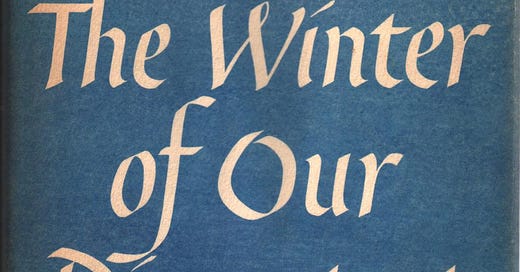



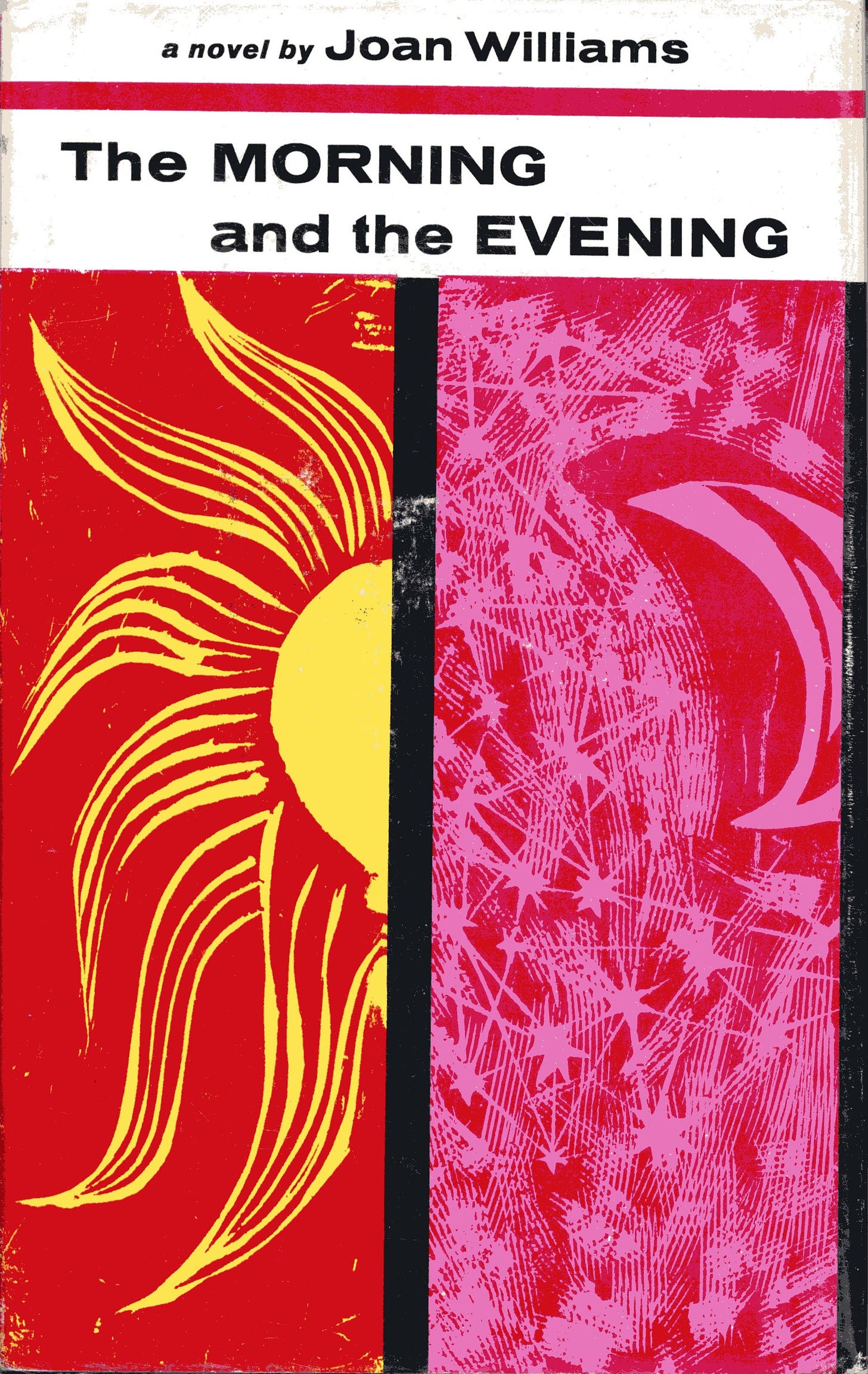
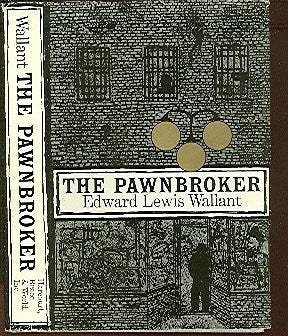
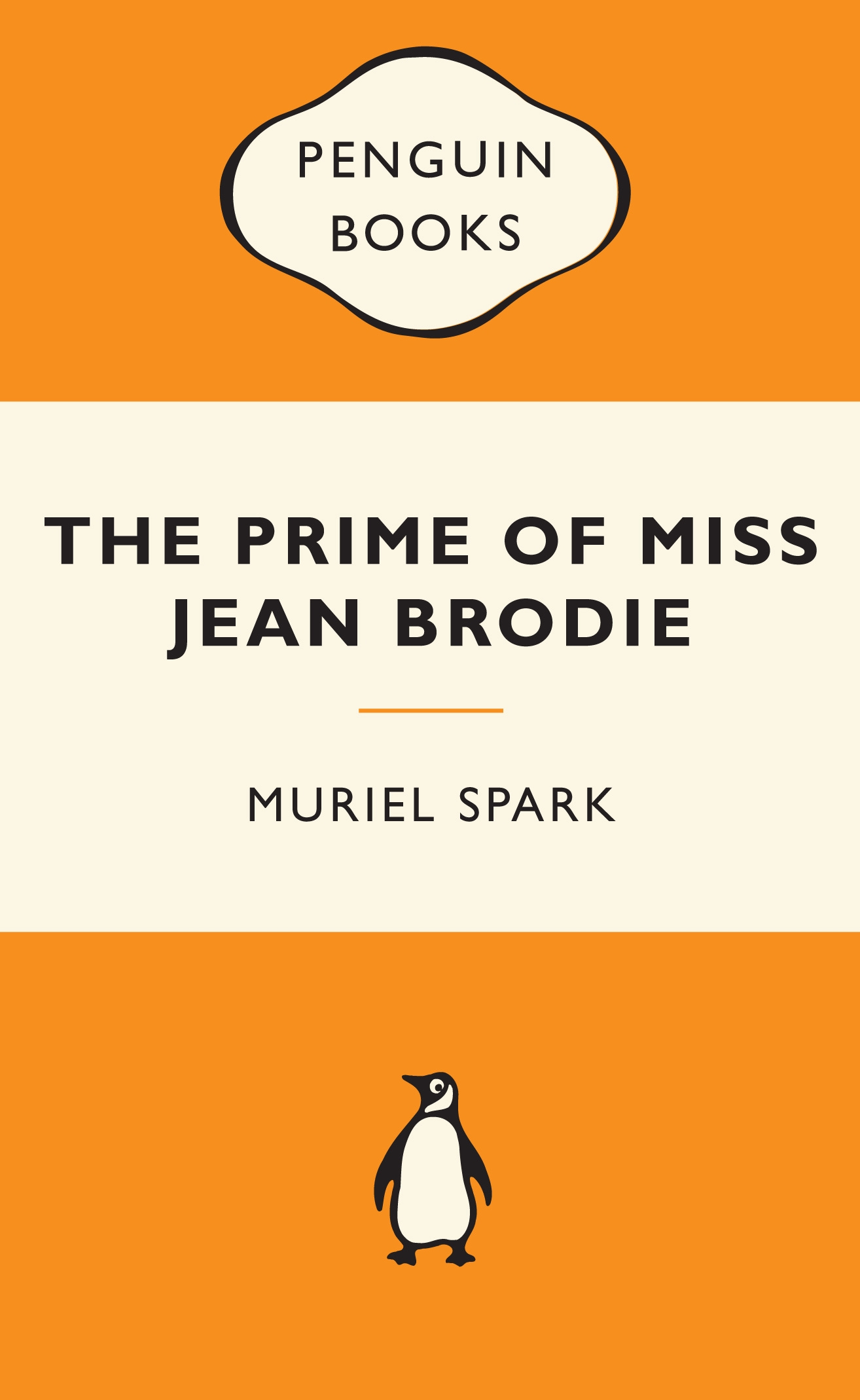
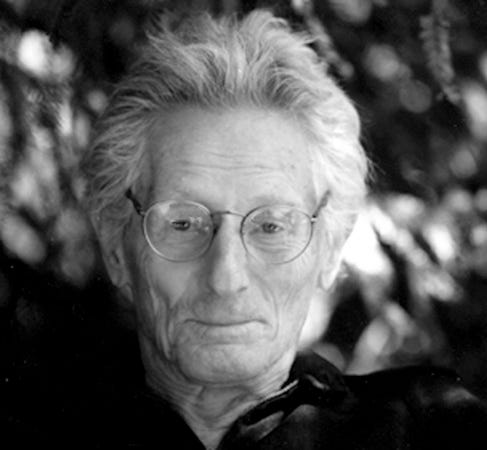
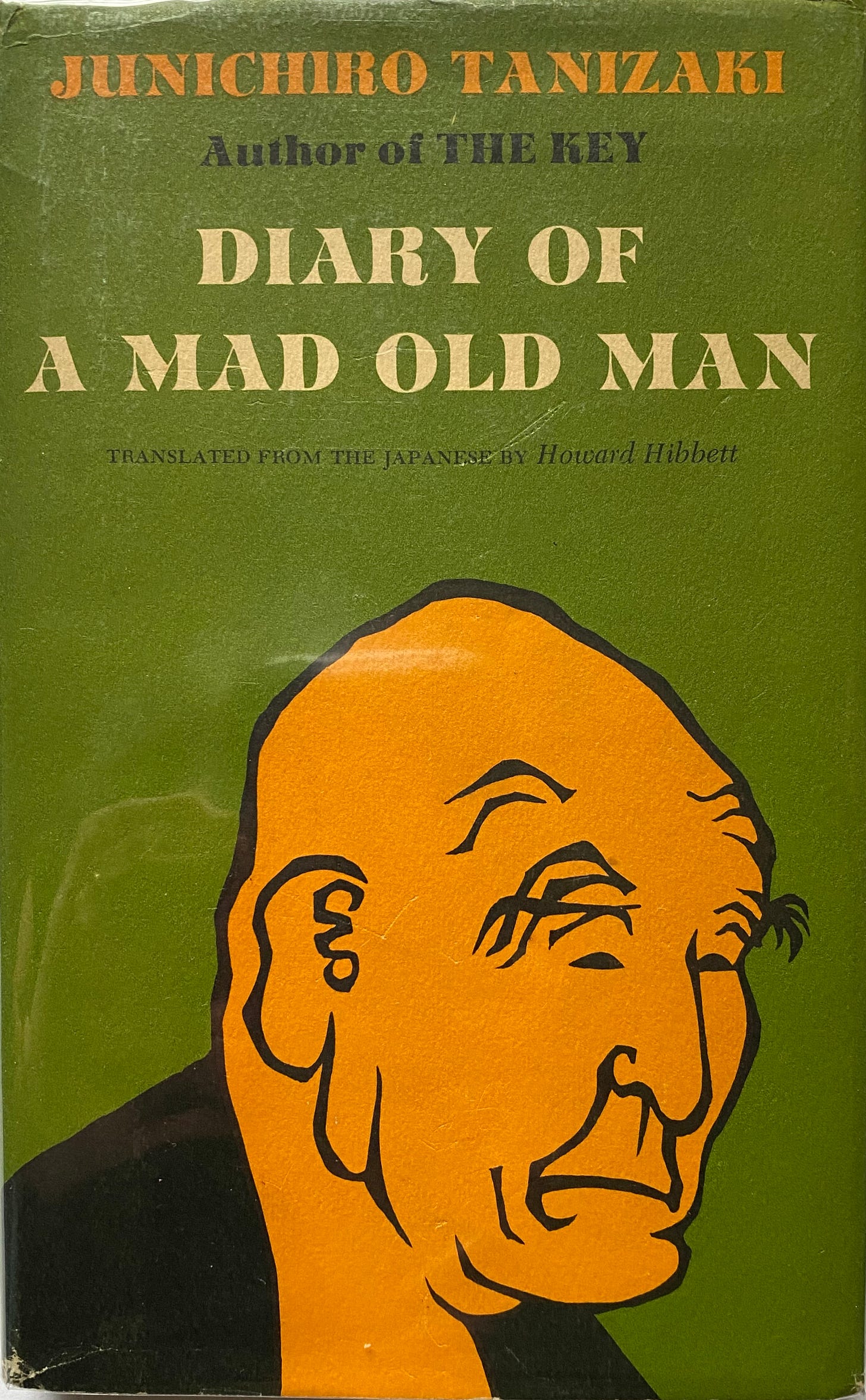
I just discovered that one of the finer books ever written – The Phantom Tollbooth by Norton Juster – was also published in 1961. Also James and the Giant Peach by Roald Dahl. These two books were profoundly important to me as a young reader.
Thanks you, David, for this marvelous and learned compendium. I've just gone back into the high school classroom, so can barely raise my head to eat let alone spend time in thoughtful consideration of books. Of anything.
However, this is MY birthday year list, and thus of specific interest to me. And it's delightful. Oddly fun to see the literary works arising around the time of my entry to this mortal coil.
Some thoughts: Catch-22. 'Nuf said. Read it once or twice, maybe, but listened to this audiobook a year or so ago. I audio-read because I'm outside working so much, and because, frankly, the narrators are often remarkable. If you were standing in my kitchen window and looking out at me in the fields, you would see whether I liked a book or not by the number of times I paused what I was doing, sometimes for quite a while, to listen more closely. Or to rewind and listen again to some remarkable bit of writing (style and wisdom). Sometimes, you'd see me sit down for a moment, so overcome with the beauty and pathos of a work that I couldn't stand, that I had to rest my body in order to hold the weight of the words. That was 'Catch-22' a few times. I felt like I'd rediscovered it.
'Franny and Zooey'. Still here, still here. A week, a month, a semester(?) ago I encountered it in some pop-cultural reference that I can't currently track down in my overburdened brain, but which so specific it even mentioned the Jesus prayer Franny was using to work her way through her existential crisis/appropriate response to a world far too cruel, honestly, for some of us. Read it 3-4 times? At least.
'Stranger in a Strange Land'. Used the word grok just the other day, and I'm pretty sure it was understood. Was it referenced to this work? Eh. This book defined some version of the free love era for me.
Frantz Fanon! Just two days ago finished reading Michael Welch's (Pacific, same time as me) novel in manuscript, and in it a homeless street performer alcoholic is reading - wait for it - 'The Wretched of the Earth.' So, there you go, the algorithm of reality (aka coincidence) has once again thrust it into my orbit. Twice. Well, three times really because if you've read 'The Sympathizer' and 'The Committed' (which if you haven't put on your list) you'll also hear about Fanon, multiple times. A hero of the Ho Chi Minh intelligentsia. And Parisian revolutionaries, via Algiers. Sort of.
John C. Lilly. Back in high school, when I wanted to be an oceanographer, my mother gave me 'Man and Dolphin' which naturally prompted me to also want to live in a half-ocean-filled house with a dolphin because . . . hello? Dolphin! Just looked him up - wow - he's into some seriously cosmic mind travel! I'm fresh out of shrooms, and I've got to teach in the am, or I'd dive right in.
And the rest? They're on my list.
Thanks again, friend.